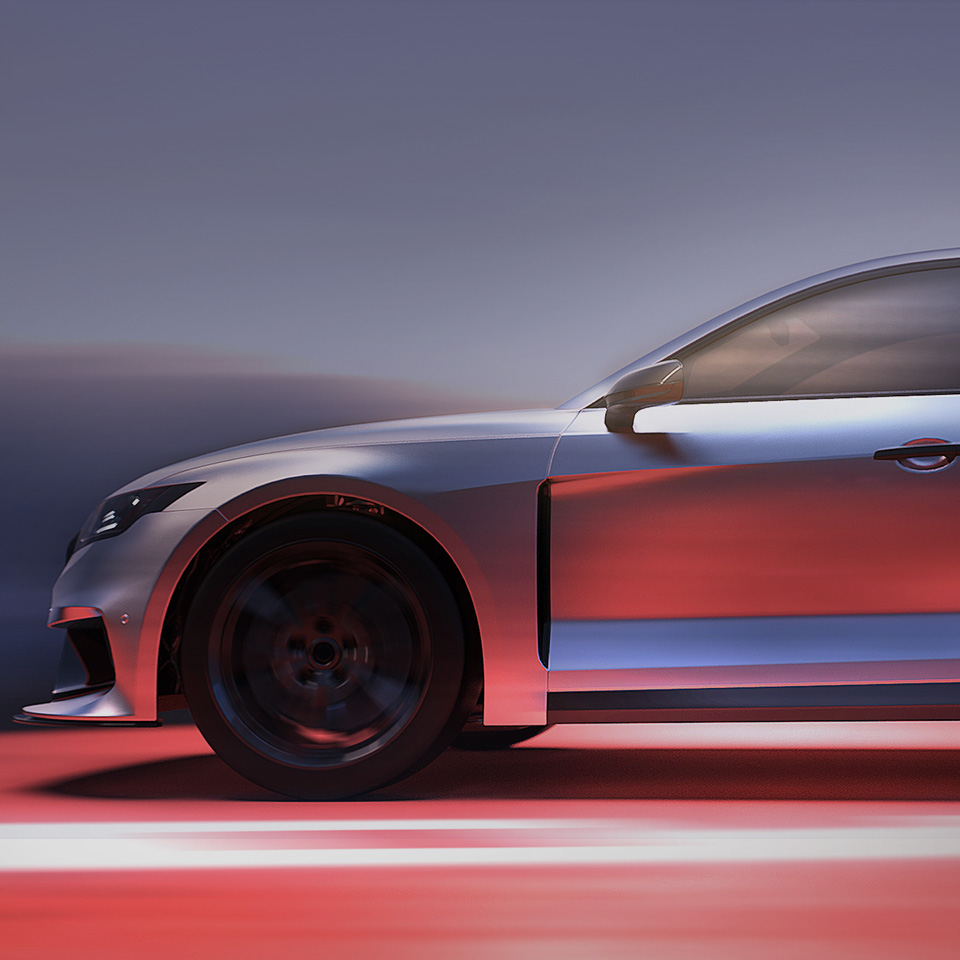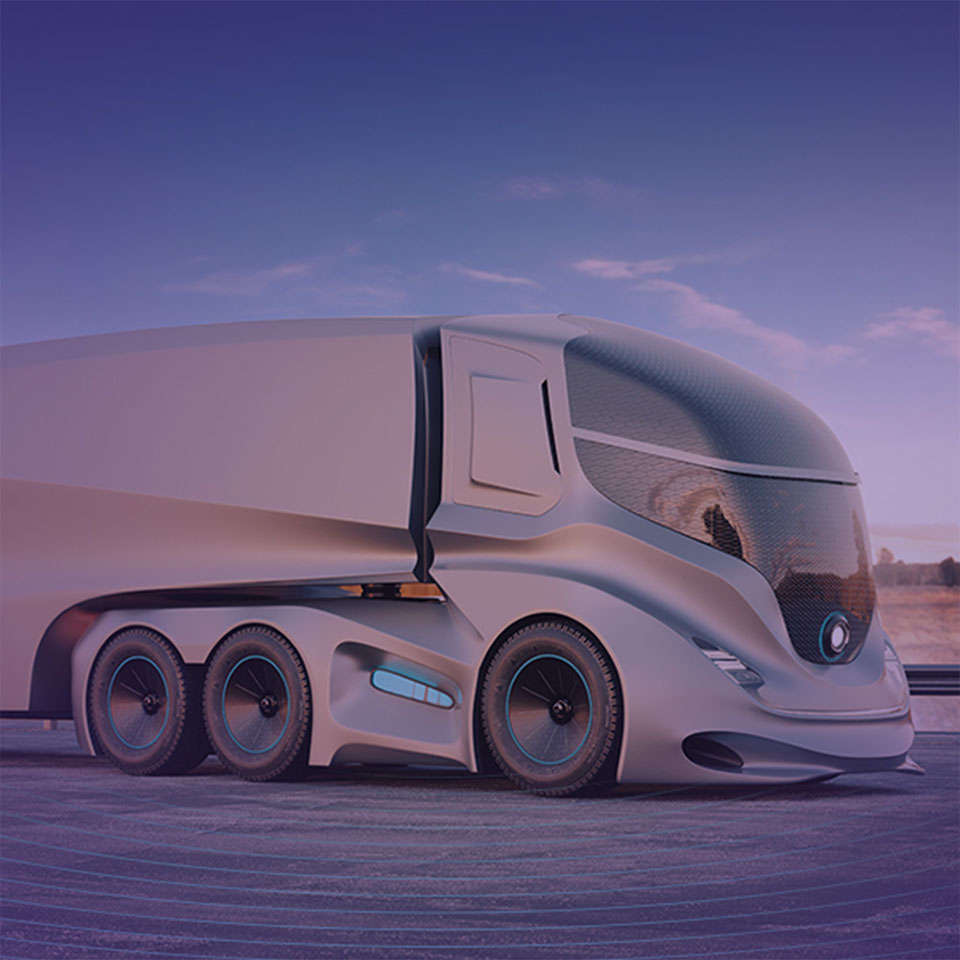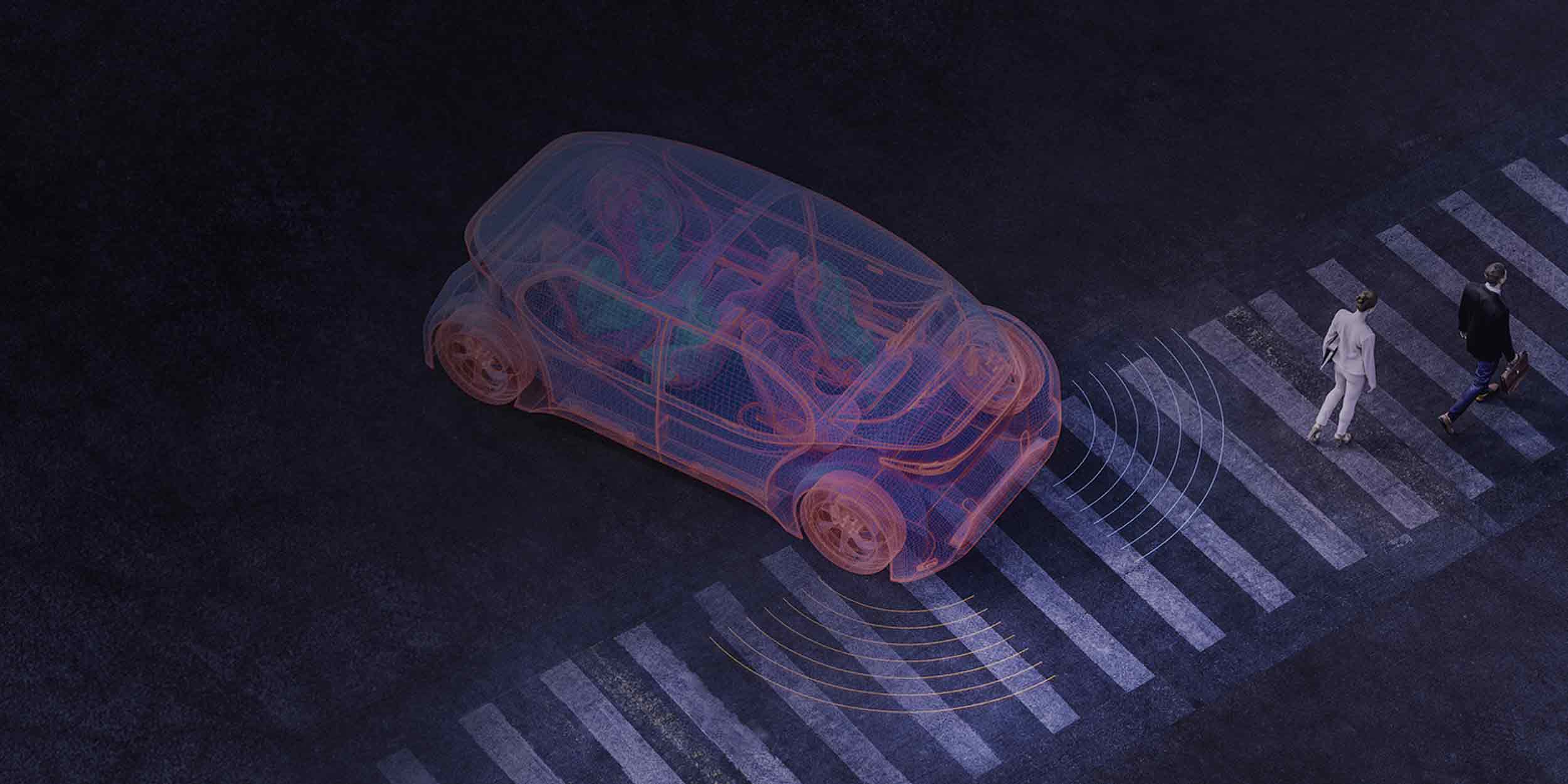In brief
- Commercial vehicles are undergoing a transformation toward software-defined vehicles (SDVs) akin to that of passenger cars
- SDVs in the commercial sector face specific demands and must-haves, caused by the requirements that an efficient fleet management calls for
- Zoreza Global as a software systems integrator has many years of experience as a systems integrator for SDVs and is able to bring this expertise into the area of commercial vehicles. OEMs will profit from bespoke solutions
In the rapidly evolving landscape of the commercial vehicles sector, the integration of cutting-edge technologies has become paramount to staying ahead of the game. But commercial vehicles have their own challenges and objectives. This blog sheds some light on what is so special about software-defined commercial vehicles and how to succeed in this area.
Wants: Demands for SDVs in the commercial sector
SDVs bring numerous benefits to OEMs, like easier handling of variants and the possibility of updating the whole vehicle through over-the-air updates. But they also bring new demands. Although some of these demands overlap those of SDVs in the passenger vehicle sector, let’s take a look with a software platform specifically for commercial vehicles in mind:
- Flexibility
A customization of the various vehicle aspects — like engine performance and cabin configurations — should be possible through software updates. This eliminates the need for physical modifications and enables fleet operators to tailor vehicles to specific tasks or routes with minimal effort - Efficiency
SDVs are able to improve efficiency through real-time monitoring and adjustment of parameters, resulting in reduced fuel consumption and operational costs — key properties in the commercial sector. During the development phase, SDVs enable the abstraction of software and hardware layers. This can further improve the reuse of system parts in different vehicle lines, making development faster - Upgradability
SDVs — when well-designed — are scalable and future-proof. They can be adapted to technological advancements through software updates. This is true for the whole lifecycle of a vehicle: With over-the-air updates, OEMs can deliver new functionality, enable optional features and match newly introduced mandatory regulations. If, for example, advances in autonomous driving allow the idea of hub-to-hub transport to become a reality, a whole vehicle fleet can be upgraded to take part - Maintainability
Remote diagnostics and maintenance capabilities help fleet managers identify issues early, reducing downtimes and repair costs - Fleet management
An integration with fleet management systems ensures seamless communication and better coordination of operations. SDVs also generate valuable data for insights and analytics. This allows cost reduction and performance optimization (e.g., by reducing empty runs). This also crosses over with what the future of teleoperating fleets might look like
Overall, SDVs can empower commercial fleet operators with possibilities to boost all these areas, while at the same time reducing costs. The trick is to know how to do it.
Musts: Becoming software-defined is just as hard for commercial vehicles
Besides what OEMs want for commercial SDVs, there are several challenges that need to be addressed by commercial vehicle OEMs. Again, some of these challenges are already well-known, but they always come with that additional pinch of commercialization:
- Safety and regulatory compliance
Safety is a must. Numerous regulations make safety their top priority and stipulate an advanced driver assistance system (ADAS) of some sort. ADAS and other digital driving assistants can only be integrated with reasonable efforts if the vehicles are software-based. Learn more about digital driving assistants on our dedicated website - Cybersecurity and data privacy
This is a critical concern, and it’s getting more pressing all the time. OEMs have to implement robust measures to protect vehicles and data from cyber threats. A good way to manage this challenge is to do rigorous testing in dedicated cybersecurity labs, like the one Zoreza Global operates in Egypt - Integration and compatibility
Integrating sophisticated software systems into vehicles entails managing the complexity of integration while ensuring reliability and performance. And with evolving safety, emissions and privacy regulations coming into effect all the time, this is not a one-time challenge: Vehicles built on older platforms need to be constantly updated later in their product life to fulfill new regulations and support new software and apps - Cost efficiency and affordability
Cost pressures further complicate matters: Significant investments are needed for research, development and infrastructure. With all the needs and demands to fulfill, vehicles must still be financially viable to produce and be affordable to end-users - Customer acceptance
OEMs also face the challenge of customer acceptance, as operators may be cautious about adopting new technologies due to concerns about reliability and maintenance
Overcoming these challenges demands a strategic approach, a trustful collaboration and a commitment to innovation. Only a mindset open to these approaches will enable OEMs of commercial vehicles to capitalize on the opportunities that SDVs present.
Switch to the fast lane with Zoreza Global as a strong partner
OEMs can accelerate their journey toward commercial SDVs with a trusted partner at their side. At Zoreza Global, we have a long experience in software development for passenger car middleware and OEM-specific operating systems (OEM.OS). We also excel at software-migration and -refactoring. Reusing existing vehicle software, like OEM-specific operating systems, can work as a jumpstart for SDV development.
The commercial sector is characterized by a greater willingness of OEMs to form cooperations and joint ventures when it comes to non-differential parts, like ECUs and software. A great example is the recently announced joint venture of Daimler Truck AG and Volvo Group — formed to develop a software-defined vehicle platform and therefore a dedicated truck operating system. In such projects, Zoreza Global can serve as a systems integrator and we can be instrumental in helping organizations become software-first.
On the advisory side, we can help OEMs to choose between make or buy when it comes to software components for SDVs. You can also benefit from leveraging our partnership network for collaboration and open-source development. As an experienced software systems integrator, Zoreza Global is a trustworthy partner that delivers tailored solutions.
In our upcoming series of blogs about commercial vehicles, we give you an insight into our best practices and take a deeper look into how this sector influences user experience, interior sensing, in-vehicle platform development, fleet management and much more. Read our next edition — Great user experiences for commercial vehicles — here, and find out how you can stay ahead in the commercial vehicles sector by connecting with our experts.






